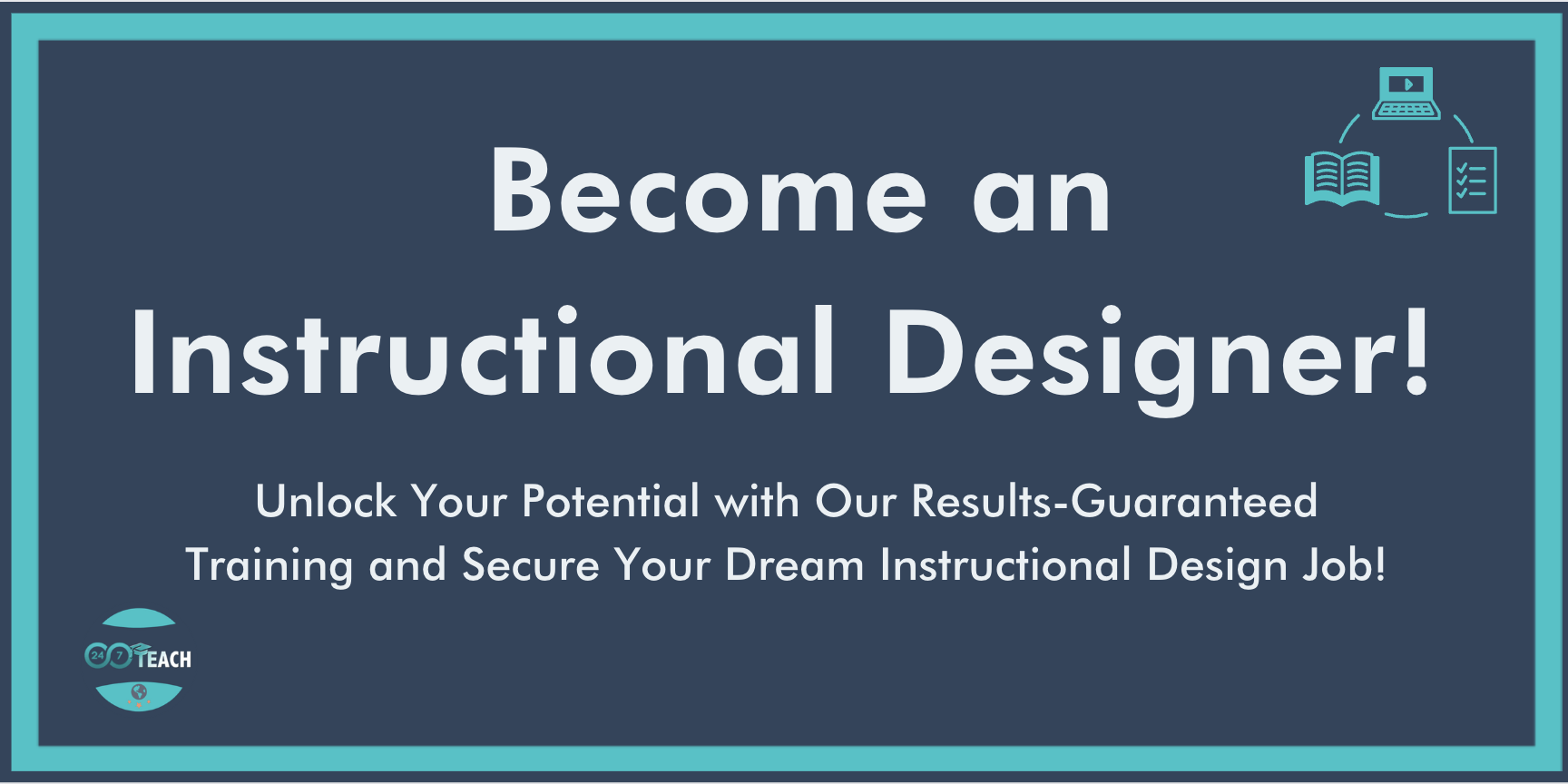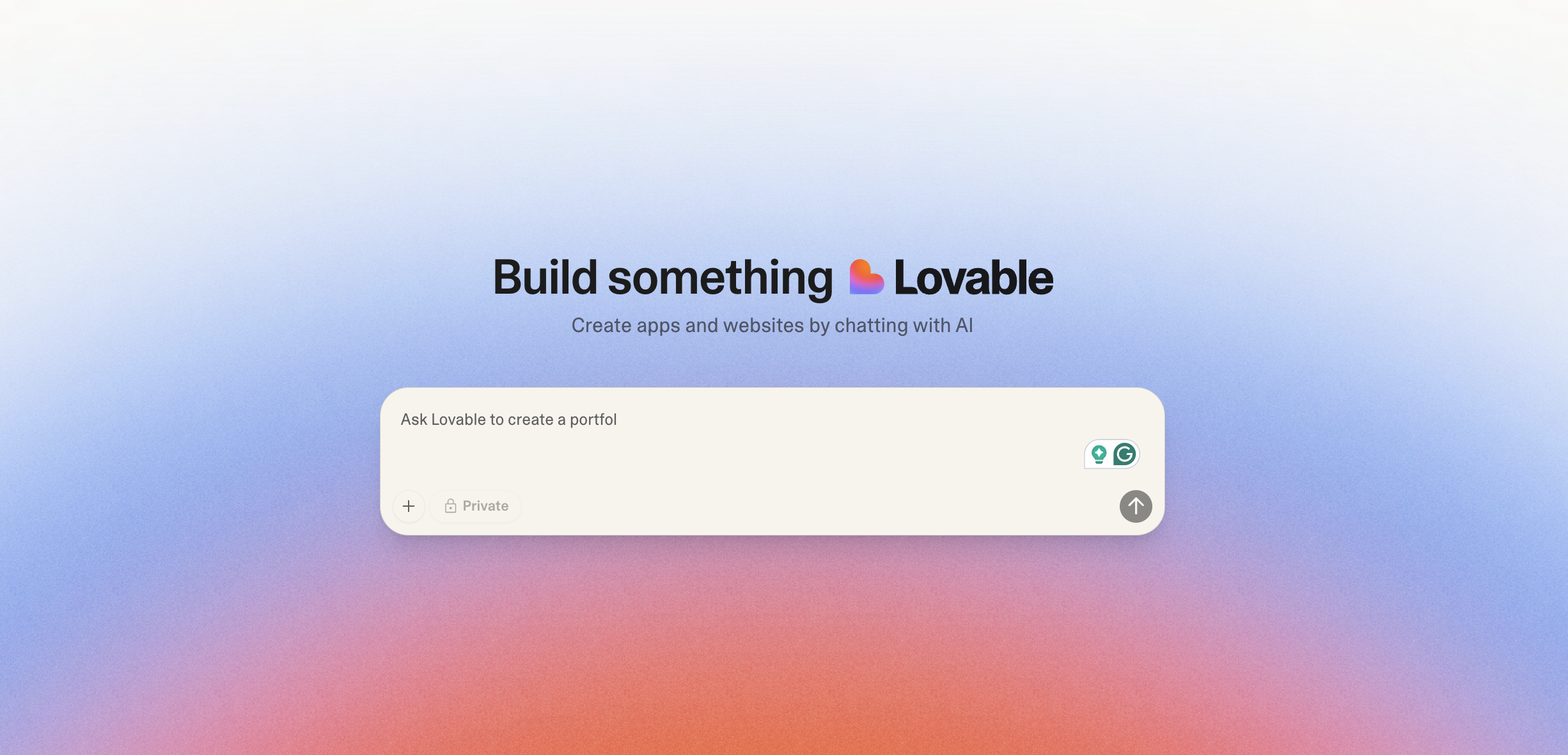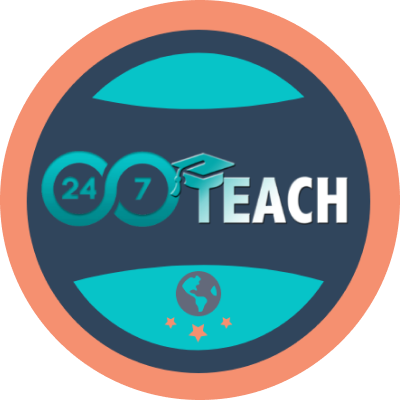Effective vs. Perfection: The Mindset of a Successful Instructional Designer - Part 1
By Anthony Miller
Lead Instructional Designer and Hiring Manager
Would you prefer to listen to this post? Click below.
The Mindset of a Successful Instructional Designer:
Instructional design often operates within constraints—tight deadlines, limited resources, and competing priorities. A pivotal shift in mindset for successful instructional designers is learning to prioritize effectiveness over perfection. While perfection suggests rigorously adhering to a process like the full ADDIE model (Analysis, Design, Development, Implementation, and Evaluation) and delivering a flawless product, effectiveness is about meeting the learning objectives within real-world limitations.
This post explores the difference between these approaches and includes three case studies illustrating how instructional designers can deliver impactful learning solutions by focusing on effectiveness rather than perfection. We’ll also highlight the instructional design models that informed each solution.
Understanding Effectiveness vs. Perfection in the ADDIE Framework
The ADDIE model is a cornerstone of instructional design, providing a structured process to develop effective learning experiences. In an ideal, perfect scenario:
You would conduct a detailed Analysis phase, including audience research, job-task analysis, and stakeholder interviews.
The Design phase would feature extensive storyboarding, detailed objectives, and a full learning experience blueprint.
The Development phase would involve polished multimedia and interactivity.
The Implementation phase would allow for thorough testing with a pilot group.
The Evaluation phase would include both formative and summative assessments.
However, time, budget, or scope constraints often make this level of perfection impractical. Instead, instructional designers adopt agile approaches, adapting models like SAM (Successive Approximation Model) or Rapid Instructional Design (RID) to effectively meet immediate needs.
The Difference Between Effective and Perfect
Effectiveness in instructional design means producing solutions that meet the learning objectives and solve a specific problem. The design doesn’t have to be flawless or comprehensive in every detail; it just needs to work. An effective course gives learners the knowledge, skills, or behaviors they need to succeed.
Perfection, on the other hand, often entails obsessing over every tiny detail, from aesthetics to exhaustive analysis, even if it doesn’t directly contribute to the learning outcomes. While aiming for high quality is commendable, pursuing perfection can lead to delays, increased costs, and even an overengineered solution that overwhelms learners.
Why Effectiveness Matters More
Real-World Constraints: Instructional designers often face time and budget constraints. Producing a good enough course to solve the problem on time is usually more valuable than a flawless course delivered too late.
Agility and Iteration: Effective design focuses on creating something usable and scalable, with the understanding that it can be improved later based on feedback.
Learner-Centric Design: Learners care about outcomes, not perfection. A well-structured, effective learning experience that helps them achieve their goals is far more impactful than a beautifully designed course that fails to meet their needs.
Case Study 1: Developing Compliance Training on a Tight Deadline
Instructional Design Model Used: Rapid Instructional Design (RID)
Scenario:
A manufacturing company needed compliance training to address new safety regulations. The deadline was non-negotiable—employees had to complete the training within two weeks to meet legal requirements.
Challenge:
There was no time for comprehensive ADDIE analysis, complex multimedia production, learner testing, or delivering a highly polished final product.
Solution:
The designer used RID, focusing on rapid prototyping and iterative development:
Conducted a mini-analysis by reviewing regulation documents and interviewing two key stakeholders.
Designed straightforward slide-based content with voiceovers, focusing on critical compliance points.
Developed an embedded assessment with clear pass/fail metrics to reinforce learning.
Outcome:
The training was implemented on time, and employees demonstrated improved safety practices. The company avoided regulatory penalties. Though it wasn’t visually perfect, the training effectively met the legal requirement.
What Perfection Would Have Looked Like:
A detailed analysis phase would have included in-depth audience profiling and input from more stakeholders. The design phase might have included polished animations and scenarios. However, this was unnecessary to achieve the objective within the time constraint.
Key Lesson:
By focusing on the desired outcome—employees adhering to safety regulations—the instructional designer produced an effective learning solution within the limited timeframe.
Case Study 2: Launching a New Product Training with Limited Resources
Instructional Design Model Used: SAM (Successive Approximation Model)
Scenario:
A retail company was rolling out a new product line and needed training for its sales associates. However, the instructional designer had only a week to develop the training and limited access to SMEs (subject matter experts).
Challenge:
The designer lacked detailed product insights and didn’t have time to create polished videos or animations. Time constraints made a full ADDIE cycle impractical, particularly the extensive Analysis and Development phases.
Solution:
The designer used SAM, which emphasizes iterative design and collaboration:
Conducted a condensed analysis using marketing brochures and pre-existing sales scripts.
Designed simple microlearning modules with interactive PDFs and short quizzes.
Created a scalable framework that allowed for real-time updates based on feedback from learners and managers.
Outcome:
The sales associates felt confident in selling the new product and reported a noticeable improvement in their ability to communicate its features and benefits to customers. While the training wasn’t as comprehensive as planned, it met the immediate needs of the learners.
What Perfection Would Have Looked Like:
A perfect approach might have included creating interactive eLearning modules with video demos, customer scenarios, and gamified elements. While this would enhance engagement, it wasn’t feasible within the limited timeline and resources.
Key Lesson:
In a resource-constrained environment, the designer prioritized the learners’ key requirements, delivering functional, focused, and timely training.
Case Study 3: Streamlining Onboarding for a Remote Workforce
Instructional Design Model Used: Agile Project Management with ADDIE Elements
Scenario:
A tech startup hired 50 new remote employees in a single quarter and needed an onboarding program that could scale quickly. The instructional designer was tasked with creating the program in three weeks.
Challenge:
The project required balancing breadth (company policies, culture, tools) and depth (role-specific tasks) without time for piloting or refinement. The instructional designer has to design content that engages remote employees, incorporates company culture, and ensures readiness for their roles. There was little time for extensive testing or elaborate graphics.
Solution:
The designer combined ADDIE elements with an agile approach and focused on functionality and scalability:
Conducted a quick analysis by surveying HR and team leads for onboarding priorities.
Designed a modular framework, allowing for the simultaneous development of different topics.
Developed a modular onboarding program using a learning management system (LMS).
Incorporated basic but effective tools like checklists, role-specific guides, and pre-recorded video introductions from team leaders.
Created discussion forums to foster connections among new hires.
Outcome:
The program successfully onboarded the new hires, with feedback indicating that employees felt prepared and welcomed. The modular design allowed the company to refine and expand the content over time.
What Perfection Would Have Looked Like:
A full ADDIE approach might have included scenario-based eLearning modules, immersive virtual onboarding sessions, and in-depth role simulations. While ideal, these enhancements would have delayed deployment and exceeded the budget.
Key Lesson:
By focusing on creating a scalable, effective solution rather than a perfect one, the designer met immediate needs and set the foundation for future improvements.
Shifting to an Effectiveness Mindset:
Embracing effectiveness over perfection requires a mindset shift. Here are strategies to help you adopt this approach:
Define Clear Objectives: Start by laser-focusing on the learning solution's objectives. Every design decision should support these objectives.
Prioritize for Impact: Prioritize which elements are most critical to achieving the objectives. (Hint: What is the most important information to know and or skill to learn, and what learning tactics will you employ to reinforce retention and comprehension)
Leverage Existing Resources: Save time by repurposing existing materials or using pre-built templates.
Iterate and Improve: Recognize that your first version doesn’t have to be your last. Deliver an effective solution now and refine it later based on feedback.
Time Efficiency: By adopting agile approaches like SAM or RID, designers can focus on delivering the “minimum viable product” that meets learning objectives and refine later if needed.
Communicate with Stakeholders for Alignment: Set realistic expectations with clients or stakeholders about what can be achieved within the given constraints.
When to Pursue Perfection
While effectiveness is usually the priority, specific scenarios may call for striving for perfection:
Flagship Projects: A high-profile initiative may justify an investment in a polished, comprehensive solution.
Complex Skill Development: Advanced simulations or high-stakes environments may require flawless design to ensure learner competence.
Long-Term Programs: For programs with a long lifespan, investing in perfection during the development phase can reduce maintenance costs later.
Final Thoughts: Striking the Balance
As an instructional designer, your role is to create learning experiences that solve problems and empower learners. While perfection may seem ideal, it often comes at the cost of timeliness and practicality. Focusing on effectiveness ensures that your work delivers value, even under challenging circumstances.
Perfection is often in the eye of the beholder, but effectiveness is universally appreciated. By prioritizing what matters most and adopting a pragmatic approach, you can meet expectations and often exceed them in ways that truly matter.
Remember, the goal isn’t to sacrifice quality—it’s to redefine quality in terms of impact and outcomes. You can consistently deliver good and transformative solutions with the right mindset.
Discussion Assignment: Effective vs. Perfection
Join the conversation and participate with the 24/7 Instructional Design community by completing the discussion question and adding your answer in the comment section below:
In the case studies presented, the instructional designers prioritized effectiveness over perfection by streamlining the ADDIE process or adopting agile methodologies like SAM or RID. While this approach proved successful in meeting immediate learning objectives, it raises a deeper question about long-term value:
To what extent does prioritizing effectiveness over perfection in instructional design risk compromising learner engagement or knowledge retention in the long term? Can the trade-offs made for speed and practicality today create challenges for scalability, sustainability, or learner impact tomorrow? Share your perspective, including whether you agree or disagree with this approach and how you would balance these priorities in high-stakes scenarios.
Need Guidance on Navigating the Shift to Instructional Design?
Before You Go...
Discover the Unmatched 24/7 Teach Experience:
Our Instructional Design bootcamps and career coaching services have a 100% success rate. We redefine learning by immersing you in practical, hands-on projects, ensuring you acquire vital professional expertise while making a meaningful difference in your community.
Unlock your true potential today with 24/7 Teach and invest in your future.












